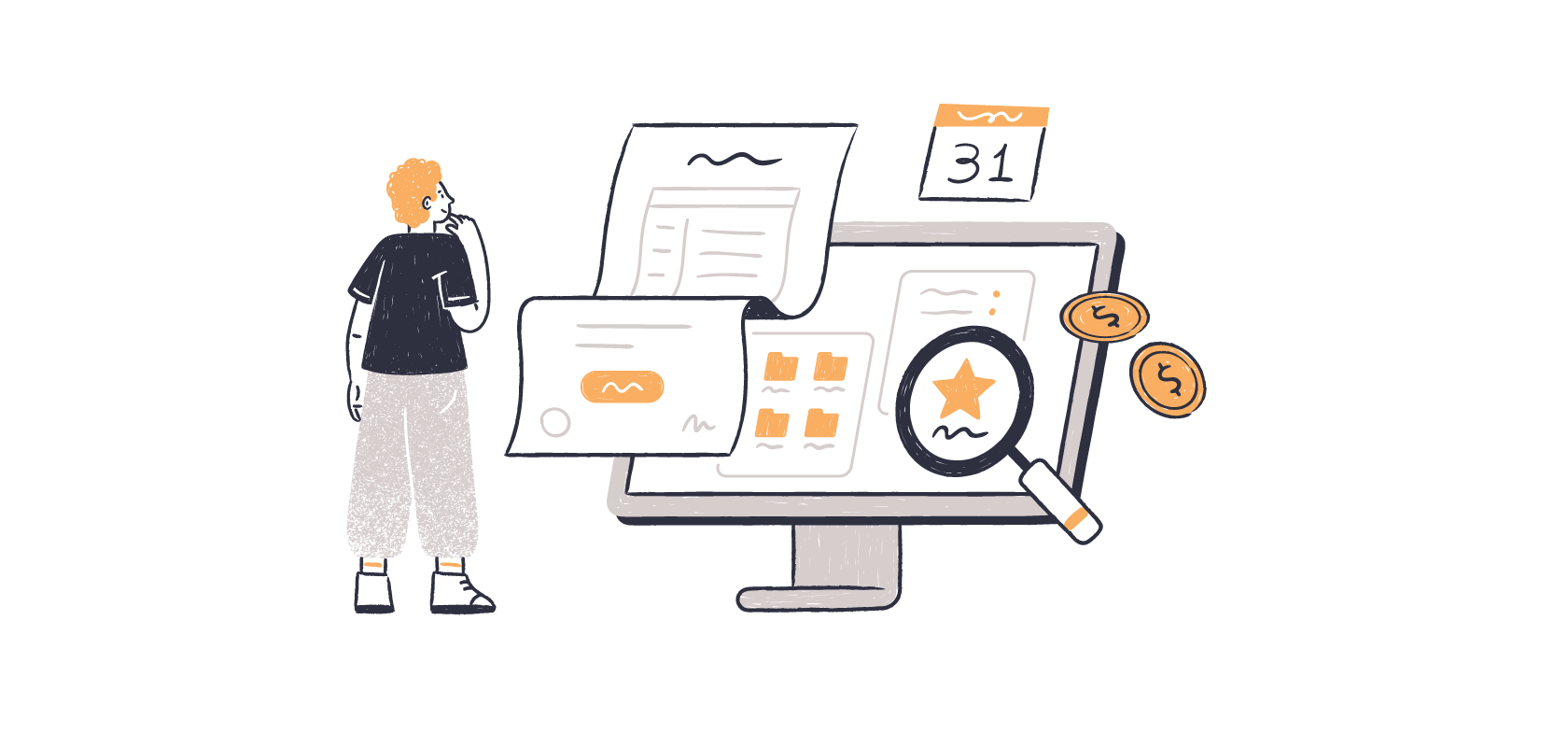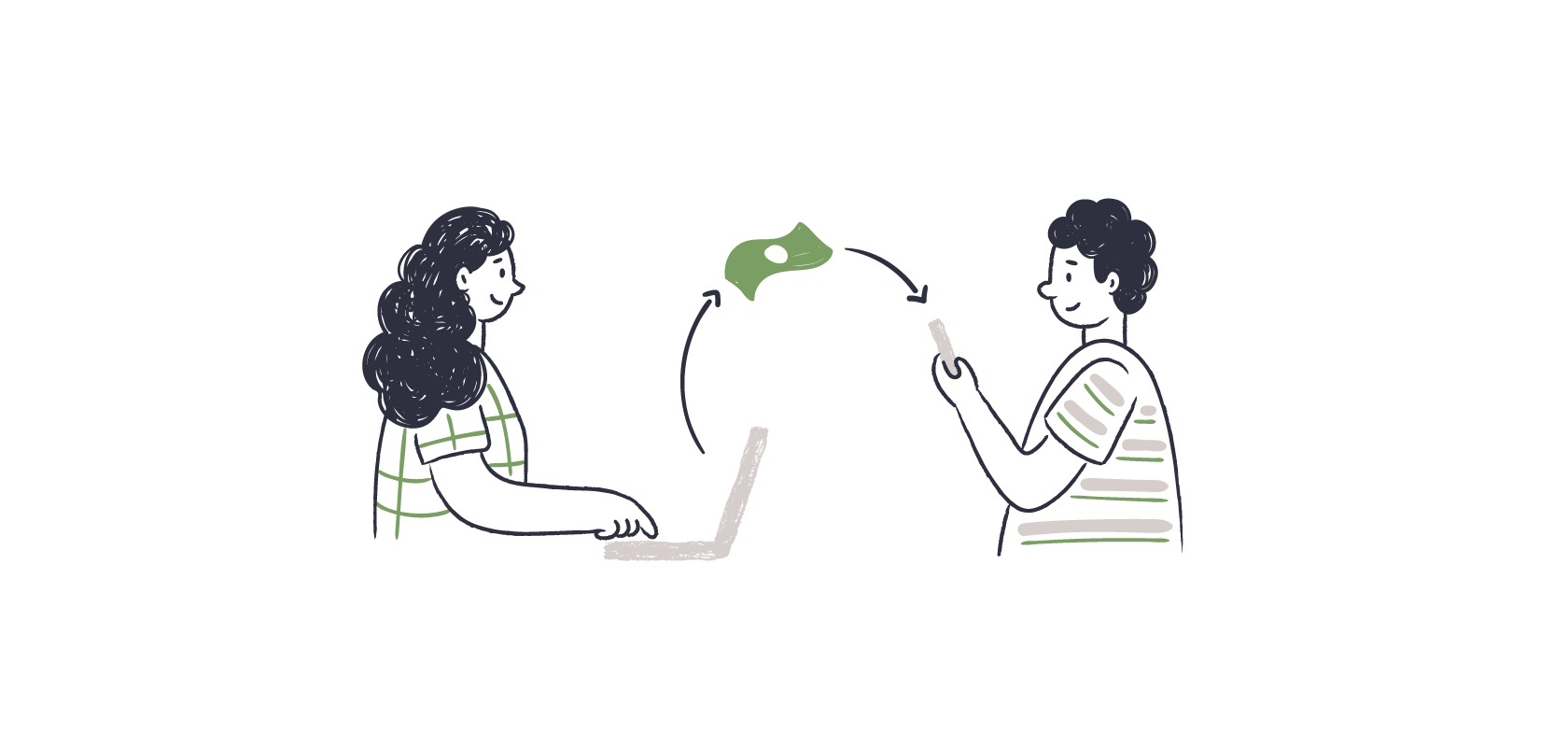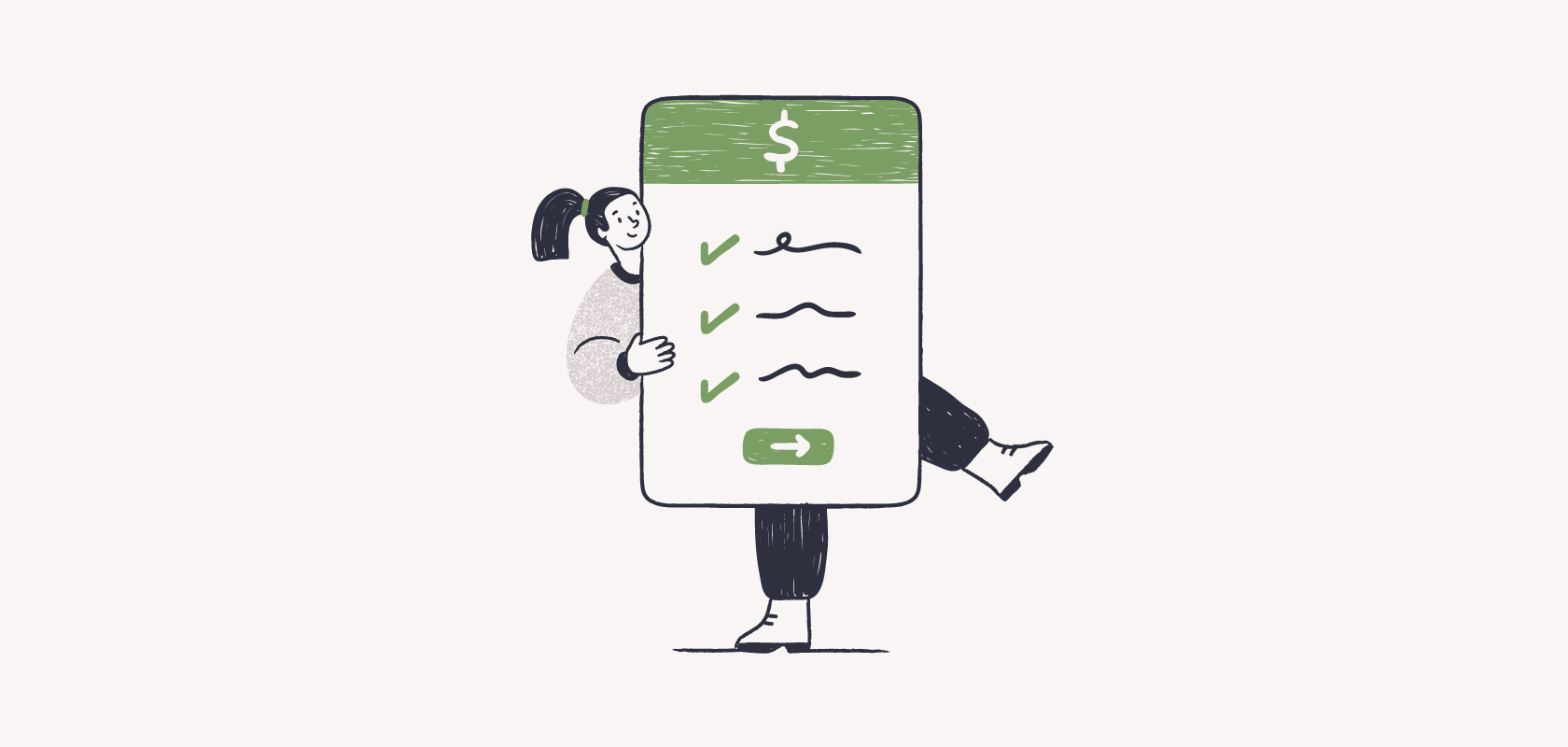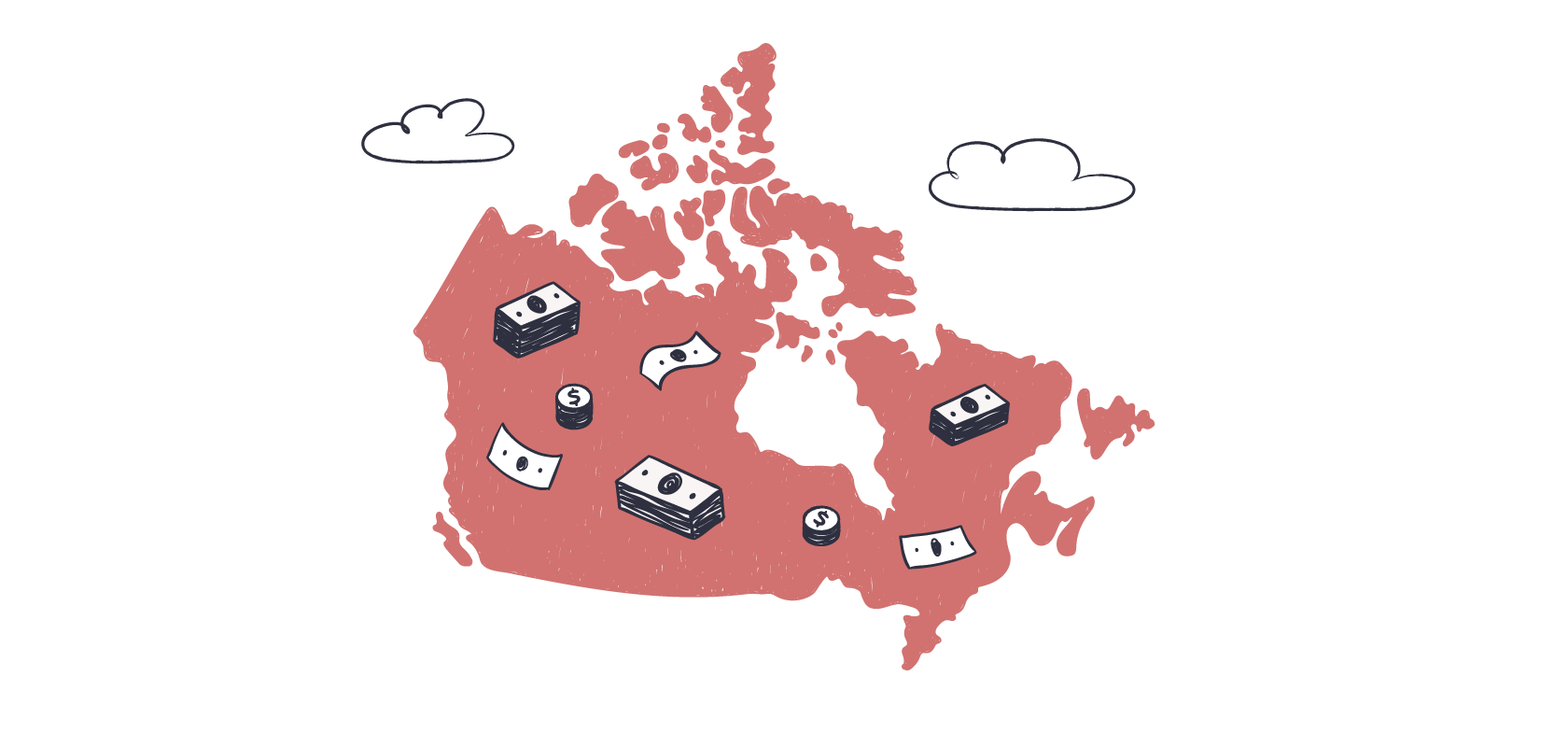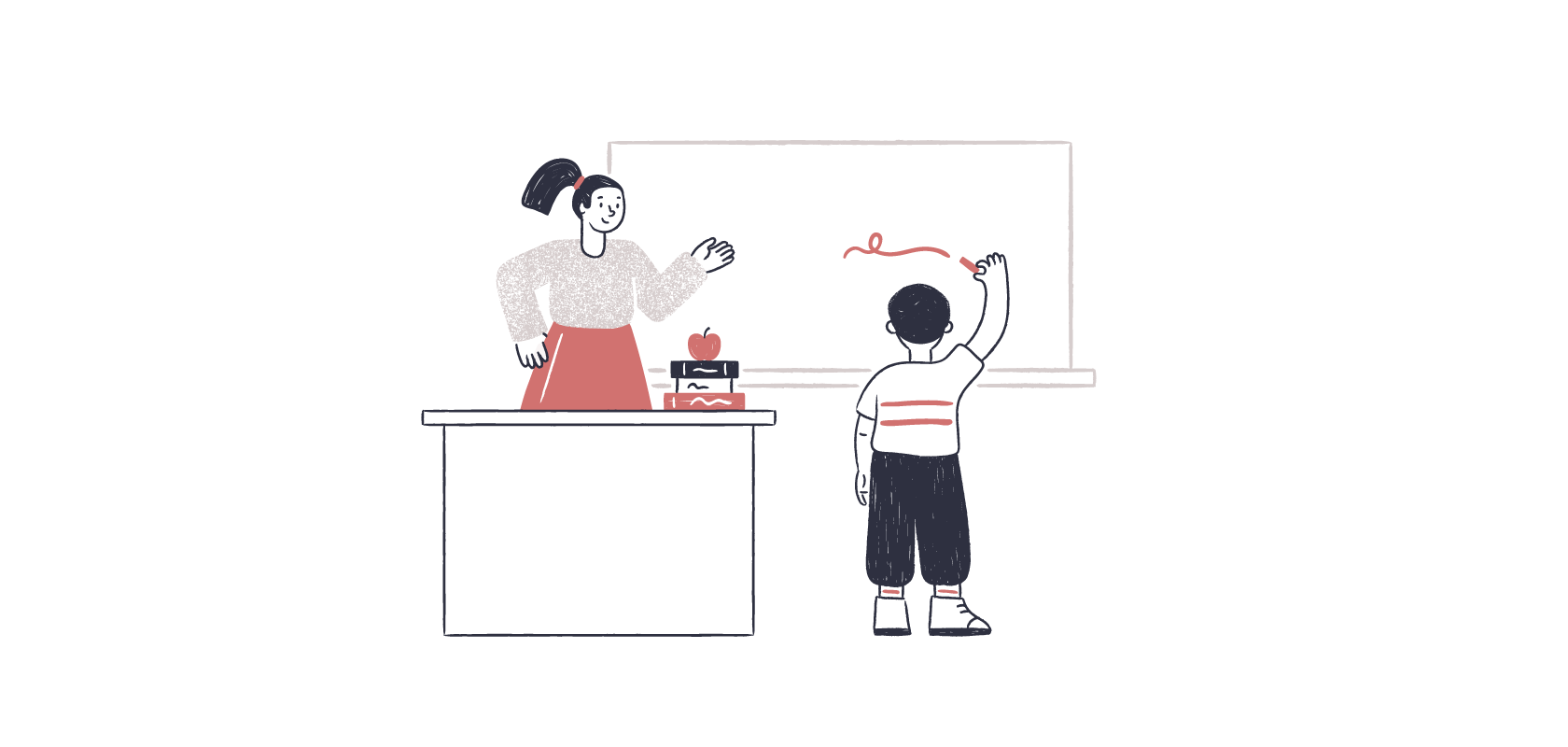Become an insider!
Get our latest payroll and small business articles sent straight to your inbox.
While British Columbia (BC) has various legislation around taking time off, starting January 1, 2022, British Columbians will now be able to stay home if they have a personal and unexpected illness or injury. The good news is they won’t have to worry about it affecting their pay cheque!
This comes after almost two (2) years of varying levels of economic lockdowns to curb the spread of COVID-19.
According to the BC Office of the Premier, nearly 200 businesses in the Fraser Health region of BC alone were shut down because of outbreaks during a two (2) month period in the height of the pandemic. On the other hand, workplaces that already had paid sick leave policies in place saw less transmission.
👉 Note: Employers need to follow BC employment standards if their business is unexpectedly disrupted or employees must be absent from work.
Need time to get better? Take up to 8 days.
Under this new BC sick pay legislation employees who’ve been employed for a minimum of 90 days can now take job-protected leave in order to rest and recover from being sick or injured. In this situation, employees can take a leave for up to five (5) days paid plus an additional three (3) days of unpaid leave. These days don’t have to be taken consecutively and don’t require advance notice to be given to the employer.
If you’re an employer that already has a paid sick leave policy in place that meets the minimum requirements of the BC Employment Standards Act (ESA), you won’t need to change your policy.
👉 Note: Paid sick leave protection will apply to all workers covered by the BC ESA, including part-time employees.
Just your average day (pay).
The BC ESA defines a day in two (2) ways:
- A 24 hour period that ends at midnight.
- The 24 hour beginning at the start of an employee’s shift for those who work overnight.
This is important to note because the sick pay outlined by the BC ESA is based on an average day’s pay. The Illness or Injury Leave policy doesn’t allow for partial sick days.
An average day’s pay is calculated by taking the total wages paid to an employee (including vacation pay) and dividing that by the number of days worked within the 30 day calendar period prior to the leave.
Should an employee fall ill or get injured on an observed statutory holiday (stat) or during vacation leave, employers are required to treat them as separate entitlements above sick leave pay. What this means is employees still receive the equivalent to an average day’s pay on top of either the qualified stat or vacation leave.
👉 Pro Tip: In BC vacation pay must be paid on an employee’s total wages including paid sick leave.
Bueller? Bueller?
As nice as it is to relax at home for a few days, remember that this isn’t Ferris Bueller’s Day Off.
Illness or injury leave must be an employee-initiated leave. For example, if the employer sends the employee home sick without the employee’s agreement, that doesn’t fall under this leave policy. It’s a statutory entitlement, meaning it’s not up to the discretion of the employer. With that said, employees are still accountable and must provide their employer with sufficient proof “as soon as practicable” to show that an illness or injury was the reason for their absence.
Sufficient proof, or “reasonably sufficient proof” as it’s called in the Act, includes information that proves or helps prove that an employee was absent because they were ill or injured.
Some examples of proof of entitlement to sick pay include:
- a receipt from a drugstore or pharmacy
- a medical bracelet from a hospital
- a note from a doctor, nurse practitioner, psychologist, counsellor or therapist
👉 Note: Employers should also be aware of any privacy limitations when seeking medical information from employees.
Use it or lose it!
The policy interpretation — essentially the Coles Notes of the Act — outlines that sick leave doesn’t carry over if it isn’t used within the year. Meaning, this annual leave resets every year starting on January 1st. Regardless of when an employee has been hired, after 90 days of employment, eligible employees are entitled to five paid days and three unpaid days of sick leave within that calendar year. Should an employee have more than one job during the year, they are entitled to sick leave after 90 days of employment from each job, Again, resetting every January 1st.
👉 Did you know you can set up notifications to track work anniversaries and other important dates in Wagepoint?
Sick leave payout in Wagepoint.
Luckily, we have a sick pay income code built right into Wagepoint. Just select sick pay income type from the preset list when you need to use it in your pay run! For employers who would prefer to pay out BC sick pay separately from an internal policy, you can request a custom income type in Wagepoint.
Updated February 17, 2023


